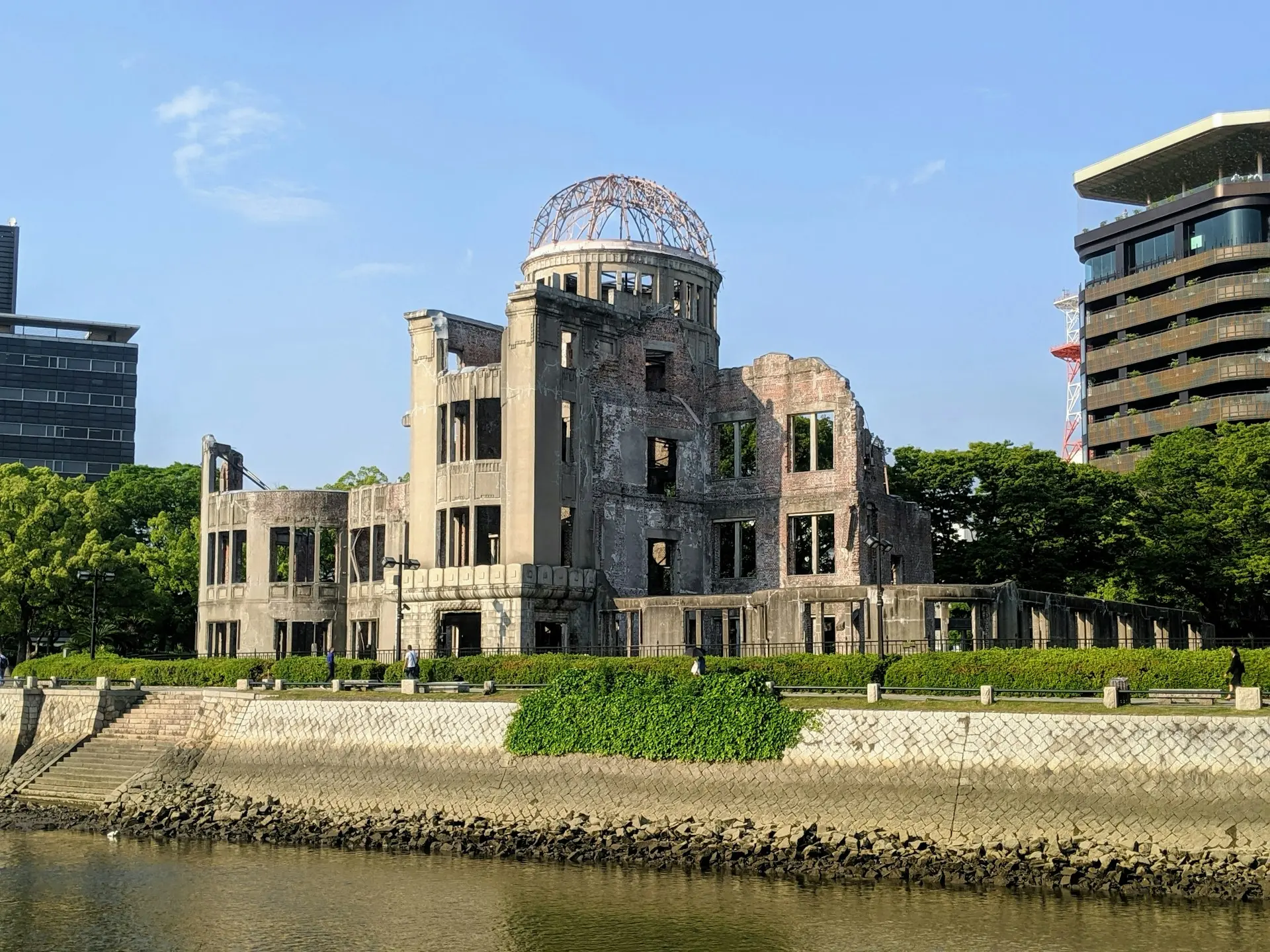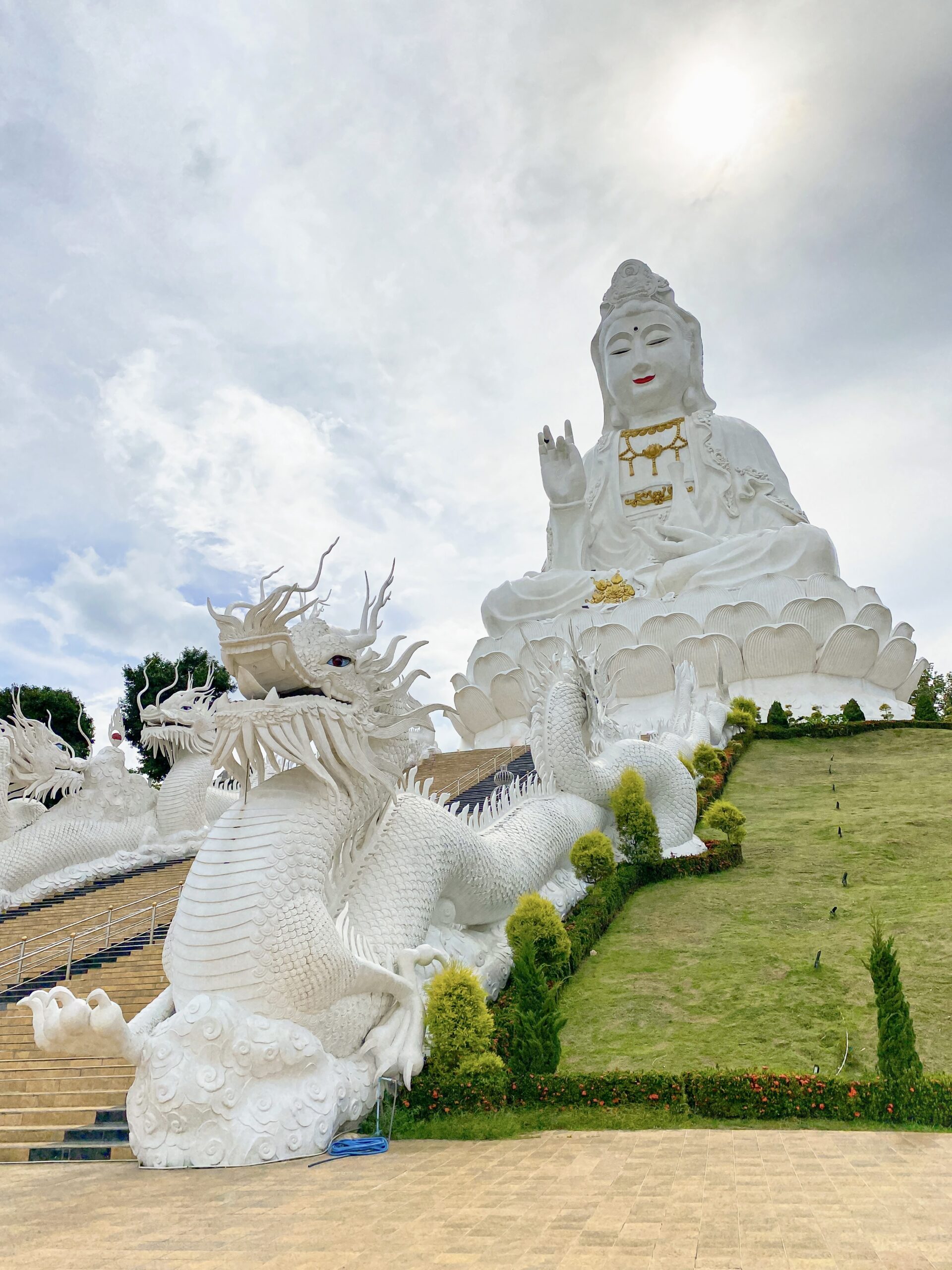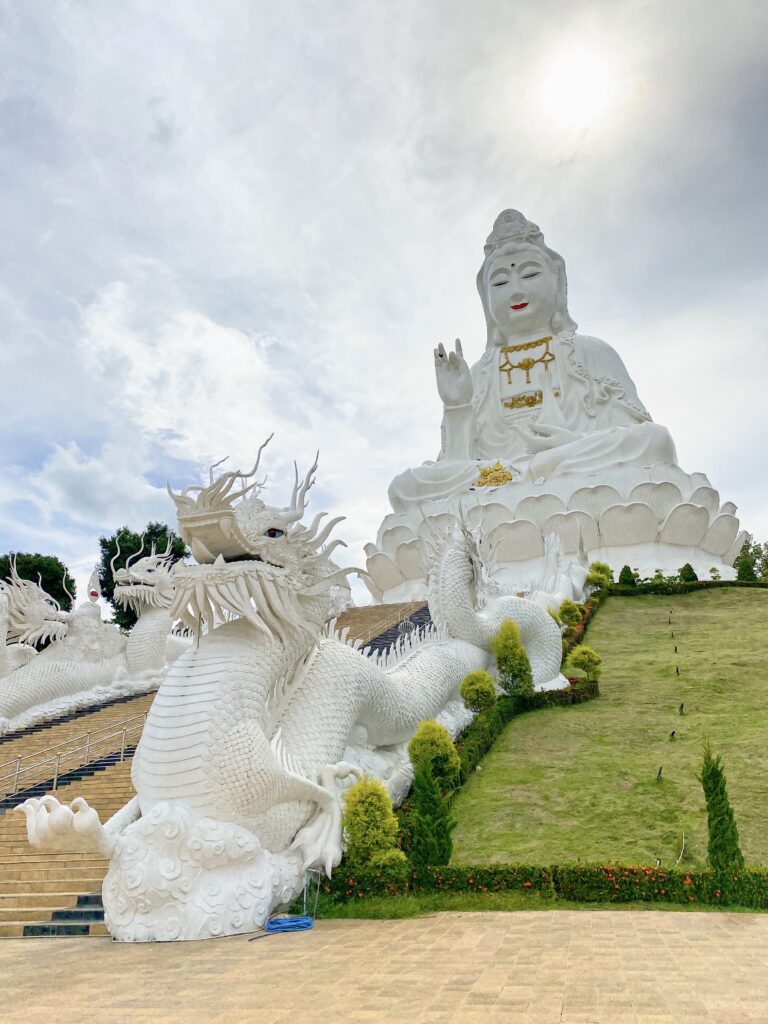Buddhism, one of the world’s oldest and most widespread religions, traces its roots back to Siddhartha Gautama, known as the Buddha, who lived in the northeastern parts of the Indian subcontinent around the 5th century BCE.
From these beginnings, it gradually spread, becoming an integral part of the cultural, philosophical, and religious fabric of numerous nations.
One of Buddhism’s most significant journeys was its expansion to East Asia, a region that would come to harbor some of the tradition’s most profound developments.
Among these nations were Japan and Korea.
For both countries, Buddhism, specifically the Mahayana Buddhist tradition, became a defining element of their cultures. Its teachings shaped literary masterpieces, inspired architectural wonders, and offered a spiritual framework through which both Japanese and Koreans could interpret their place in the universe.
As we go deeper into this exploration of Japanese and Korean Buddhism, we’ll discover the nuances that distinguish their practices, as well as the shared heritage that binds them in spiritual kinship.
Table of Contents
ToggleEarly Introduction of Buddhism
Buddhism’s journey in East Asia is filled with interactions, adaptations, and evolutions, bearing witness to how a spiritual tradition from India could make its way into the very core of Korean and Japanese societies.
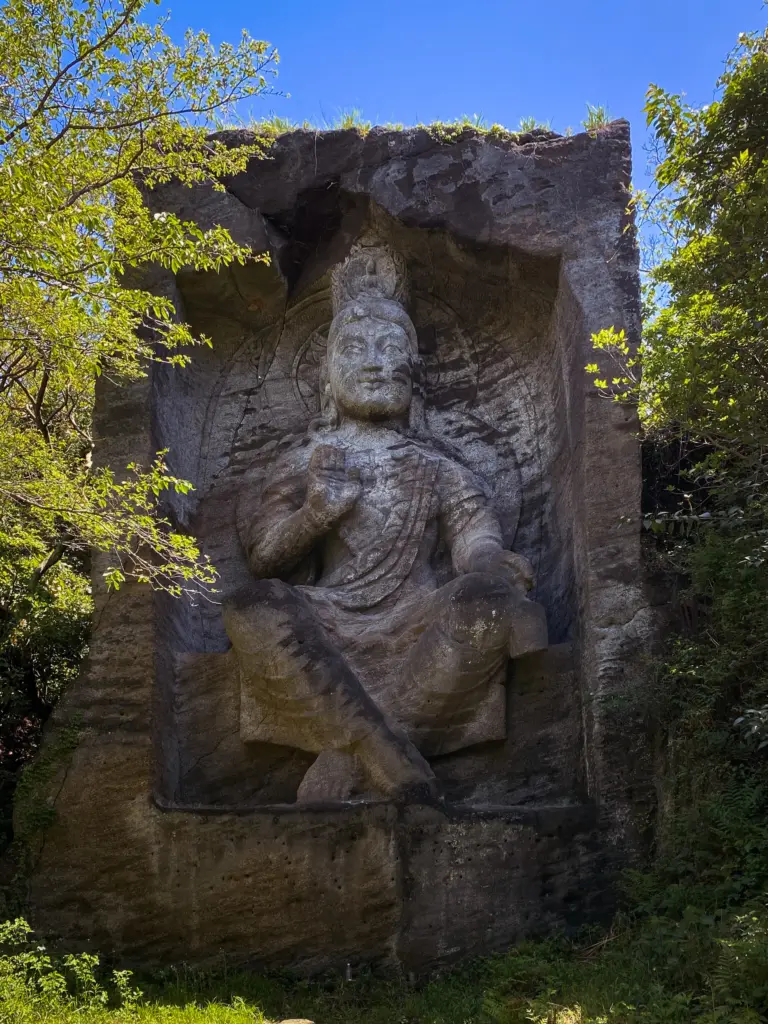
In Japan
Buddhism’s entry into Japan is often attributed to the Baekje kingdom of Korea when they presented a Buddha statue and sutras to the Japanese imperial court in the 6th century.
The initial reception in Japan was mixed. The ruling Soga clan was favorable to the new religion, but it faced opposition from other clans who were adherents to native Shinto practices.
However, with the Soga clan’s patronage and the eventual conversion of Prince Shotoku, who championed Buddhism, the religion began to firmly establish itself in the Japanese archipelago.

In Korea
Buddhism made its way into the Korean Peninsula during the Three Kingdoms period, roughly in the late 4th century, predominantly through Chinese influences.
The Goguryeo, Baekje, and Silla kingdoms, each embraced Buddhism, albeit at different times and under varied circumstances. While Goguryeo and Baekje were more open to its initial embrace, Silla took some time before officially patronizing Buddhism.
It was the royal courts and aristocracy that first took an interest in the religion, seeing both spiritual value and a means of consolidating power.
Buddhist Sects in Korea

Seon
Seon Buddhism in Korea can trace its roots to Chinese Chan Buddhism. As it entered the Korean shores, it began to develop its own unique character, distinct from its Chinese counterpart.
Korea’s Seon tradition took inspiration from various Buddhist teachings, primarily those that traveled from India and China. It strongly believes that enlightenment is not a distant goal but something attainable in this very life, through sudden realization.
Unlike many other Buddhist traditions where scriptures and texts hold considerable importance, Seon’s focus is more on meditation and the personal experience of understanding one’s true nature.
Over the centuries, Seon faced both golden eras and periods of suppression, especially during the Joseon Dynasty, which favored Confucianism. However, its resilient teachings and practices ensured that it remained an integral part of the Korean spiritual and cultural fabric.

Cheontae
Cheontae has its origins in the Chinese Tiantai tradition.
The philosophical bedrock of Cheontae centers around the idea of the interconnectedness of all phenomena. It proposes that all things, whether sentient or insentient, are inherently empty and are expressions of a singular ultimate reality (similar to the concepts of the Tao or Brahman.) This perspective is encapsulated in the Lotus Sutra, one of the most venerated texts within Cheontae.
A unique aspect of Cheontae is its comprehensive approach to Buddhist practice. It integrates both scriptural study and meditation, asserting that these practices are two sides of the same coin.
This holistic approach is intended to lead practitioners to a deep realization of the interconnectedness of all things and the nature of reality.
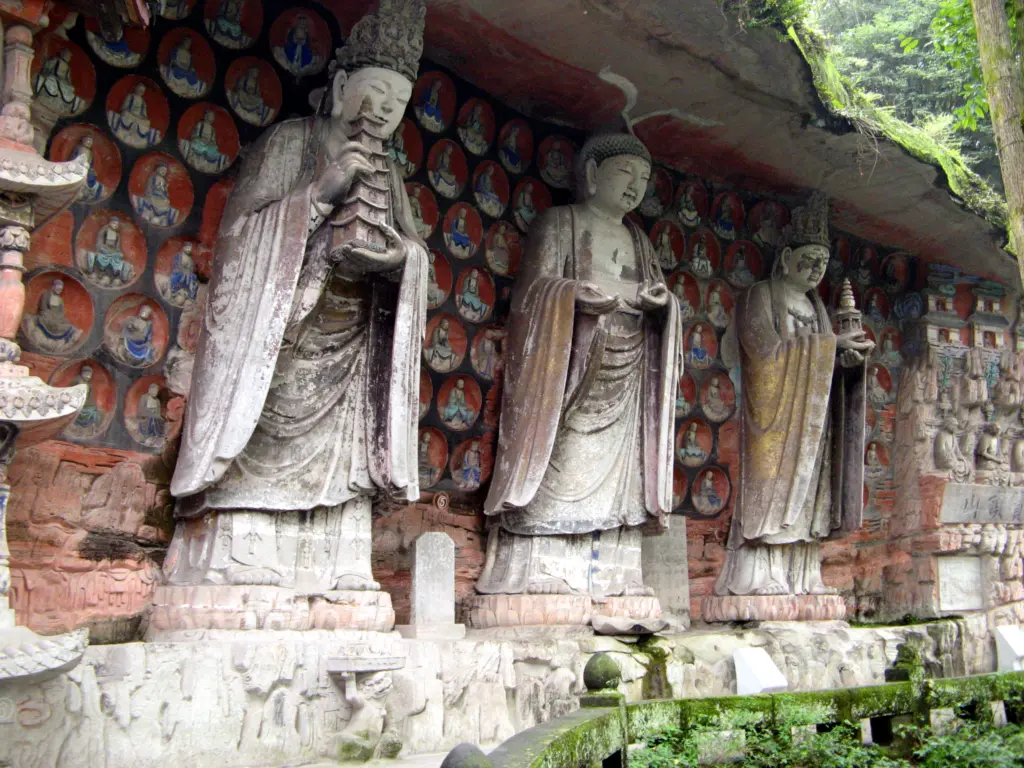
Hwaom
Hwaom tradition emphasizes the philosophy of interpenetration and mutual identity of all things, a concept that powerfully shaped the course of East Asian Buddhism.
Originating in China, the Huayan teachings were transmitted to Korea where they were renamed “Hwaom.” The foundational texts of this tradition are the Flower Garland Sutra, which expounds on a vision of an interconnected cosmos where everything is linked in a vast, intricate web of relations.
A core tenet of Hwaom philosophy is the concept of “Dharmadhatu Pratityasamutpada,” which can be translated as the “universal interdependent origination within the realm of phenomena.” In simpler terms, it proposes that all phenomena, regardless of their apparent differences, are deeply interconnected and arise interdependently.
The Hwaom tradition also introduces the idea of the “Four Dharmadhatu,” a system that describes the different ways in which phenomena interrelate. It’s a philosophical framework that serves as a guide for understanding the nature of reality in a comprehensive manner.
Buddhist Sects in Japan

Zen
Zen Buddhism is characterized by its emphasis on sitting meditation (zazen) and mindfulness in daily activities. Originating from China’s Chan Buddhism, Zen was transmitted to Japan in the Kamakura period. The name “Zen” itself is derived from the Sanskrit word “dhyana,” which translates to “meditation.”
One of the distinguishing factors of Zen is its minimal reliance on religious scriptures. Instead, Zen stresses the importance of personal experience and the teacher-student relationship. Zen teachings often use riddles known as koans to transcend ordinary thought and attain a deeper, more direct perception of reality.
The Enso symbol encapsulates the philosophies of Zen Buddhism quite well. The aesthetics of Zen are characterized by simplicity, naturalness, and depth, often expressed through terms like “wabi-sabi,” which values imperfection and transience.
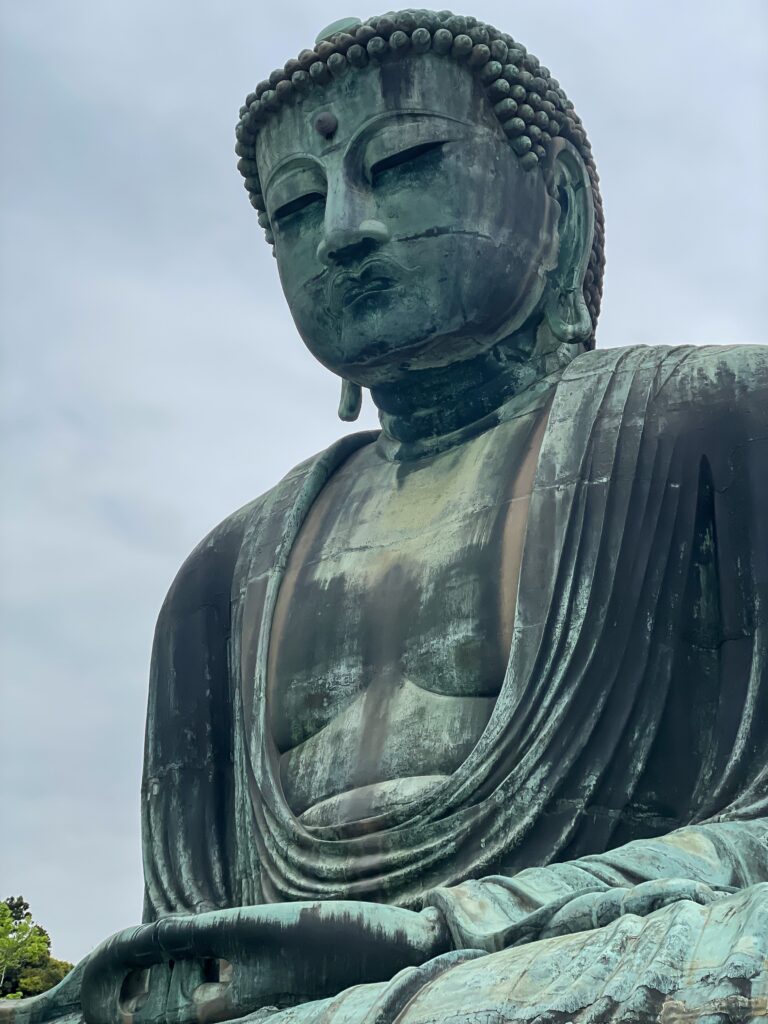
Pure Land
Pure Land Buddhism, known in Japan as Jodo Buddhism, centers on the veneration of Amitabha Buddha, known in Japanese as Amida Buddha. (Pure Land Buddhism is also present in Korea.)
Its primary practice involves reciting the nembutsu “Namo Amida Butsu,” with the aspiration of being reborn in his Western Pure Land, a paradisiac realm free from the sufferings and distractions of our world, thus providing an ideal environment for attaining enlightenment.
The roots of Pure Land traditions can be traced back to ancient Indian Buddhism and its scriptures, but it became significantly popularized in China. By the time it reached Japan, the teachings further evolved, leading to the formation of distinct Japanese Pure Land sects.
One unique feature of Pure Land Buddhism in Japan is its emphasis on gratitude. Instead of reciting the nembutsu to attain rebirth in the Pure Land, followers chant it out of gratitude for Amida Buddha’s boundless compassion.

Shingon
Shingon Buddhism is one of the major esoteric schools of Japanese Buddhism, often referred to as “Japanese Vajrayana” and “Japanese Tantric Buddhism.”
Founded in the early 9th century, this sect is deeply rooted in the esoteric practices and doctrines of Vajrayana Buddhism from the Tang dynasty of China.
Central to Shingon’s practice and doctrine is the use of mantras, mudras, and mandalas to achieve enlightenment in this very life, rather than over multiple reincarnations.
It emphasizes the idea that every individual inherently possesses the nature of a Buddha, and through appropriate esoteric practices, one can realize this nature.
A distinct feature of Shingon is the belief in the Dharma Body of the Cosmic Buddha, Vairocana. It is the Shingon belief that Vairocana is the universe itself, and every individual, as well as every phenomenon within this universe, emanates from this cosmic Buddha.
Hence, realizing one’s inherent Buddha-nature is tantamount to realizing one’s unity with Mahavairocana. This sounds a lot like the unity of Atman and Brahman in Hinduism.

Nichiren
Diverging from other Buddhist paths of his time, Nichiren placed unwavering faith only in the Lotus Sutra as the ultimate teaching of the Buddha, encompassing the profoundest truths and the surest path to enlightenment.
Nichiren’s teachings sprouted during a turbulent period in Japan’s history, marked by natural disasters, political strife, and social unrest. Observing these calamities, Nichiren believed they were indications of the spiritual decline of the nation. He fervently argued that only through the propagation of the Lotus Sutra and the rejection of all other Buddhist teachings could the country be steered towards peace and prosperity.
A cornerstone of Nichiren Buddhism is the chanting of the mantra “Nam Myoho Renge Kyo,” which roughly translates to “Devotion to the Mystic Law of the Lotus Sutra.” By reciting this phrase, adherents believe they are tapping into the intrinsic universal Law, thereby aligning their lives with the highest truth and accelerating their path to enlightenment.
The central object of veneration in Nichiren Buddhism is the Gohonzon, a calligraphic mandala inscribed by Nichiren himself. The Gohonzon embodies the essence of the Lotus Sutra and serves as a tangible representation of the universe’s ultimate reality.
Japanese vs Korean Buddhism
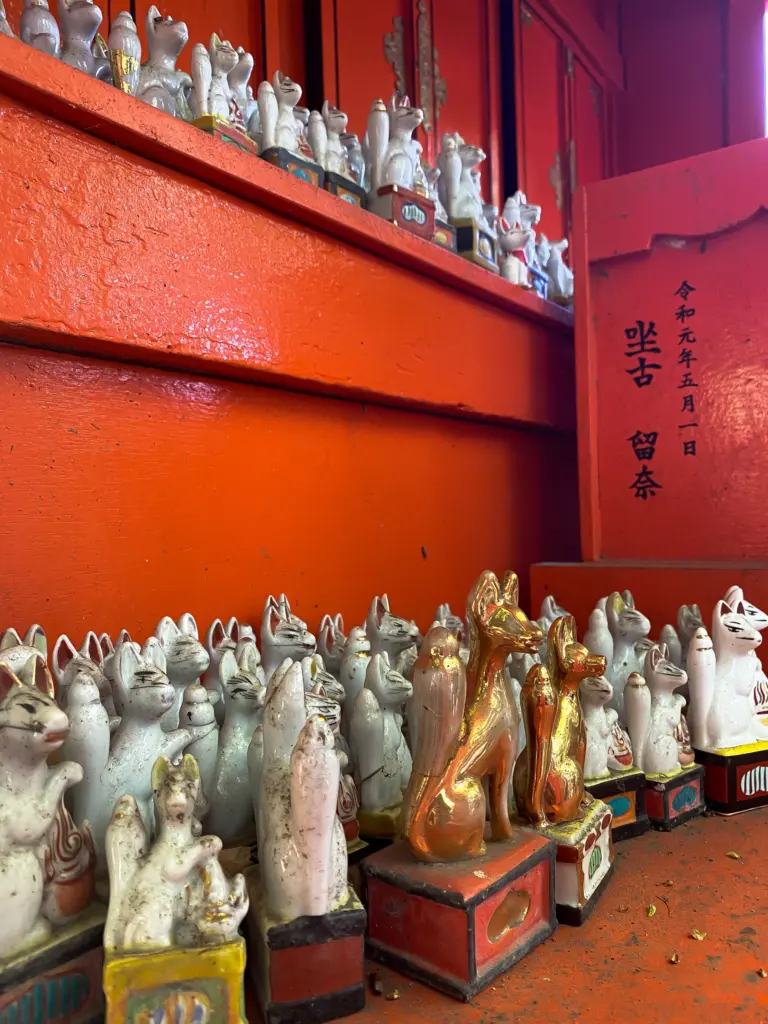
Japanese Buddhism
One of the most prominent nuances in Japanese Buddhism is its syncretic relationship with Shintoism, the indigenous religion of Japan. This syncretism has led to a unique blend of religious practices and philosophies that you won’t find in Korean Buddhism.
In Japan, it’s not uncommon to find Shinto shrines within Buddhist temple complexes and vice versa. This reflects the fluidity of religious boundaries in Japan and the high level of integration between Buddhism and Shinto.
Kami, the Shinto gods, are often revered alongside Buddhist deities, and there’s a long tradition of identifying Buddhist gods with native kami, known as “honji suijaku.”
I can’t count how many times I’ve seen Benzaiten and Kannon (Avalokiteshvara) in Shinto shrines here in Japan.
This blending has had profound implications for how Buddhism is practiced and perceived in Japan. For instance, the idea of Kami being incarnations of Buddhas allows for practices that seem Shinto in form but are underlined by Buddhist philosophy.
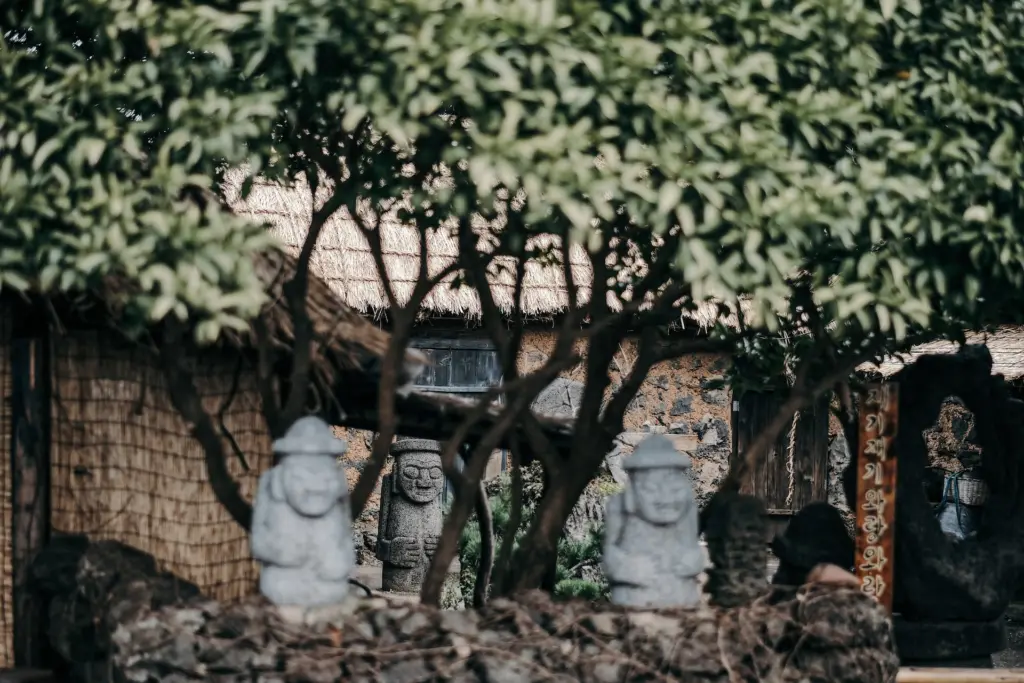
Korean Buddhism Nuances
In Korea, Buddhism has its own set of unique characteristics that differentiate it from other Buddhist traditions, and much of this uniqueness stems from its interactions with Korean Shamanism and Confucianism.
Unlike Japan, where Buddhism and Shinto have a syncretic relationship, Korean Buddhism maintains a more distinct identity but is nonetheless influenced by these native Korean philosophies and practices.
Starting with Shamanism, which predates the introduction of Buddhism to Korea, the impact is evident in the way certain rites, folklore, and the use of shamanic elements have been integrated into Korean Buddhism.
For example, Korean Shamanism has a rich tradition of spirit worship and animistic beliefs, and this has seeped into Buddhist practices in the form of mountain worship and rituals to appease local deities which is made evident by how the Haenyeo Women Divers would first pray to the sea gods or the presence of the Dol Hareubang statues around Jeju Island.
Additionally, the Buddhist idea of reaching enlightenment is sometimes merged with shamanic notions of attaining special knowledge through contact with the spirit world. It’s a mix, but one where the individual flavors remain discernible.
Confucianism, another major philosophical framework in Korea, has also left its mark on Korean Buddhism. While Confucianism is more of a social and ethical ideology than a religion, its emphasis on hierarchy, social responsibility, and ethics have influenced the administrative and monastic aspects of Korean Buddhism.
Monks, for instance, have roles that are not just spiritual but also social, serving as moral exemplars in the community. Furthermore, Buddhist temples in Korea often participate in Confucian rites, particularly those honoring ancestors, highlighting the ethical overlap between Confucian and Buddhist beliefs.


